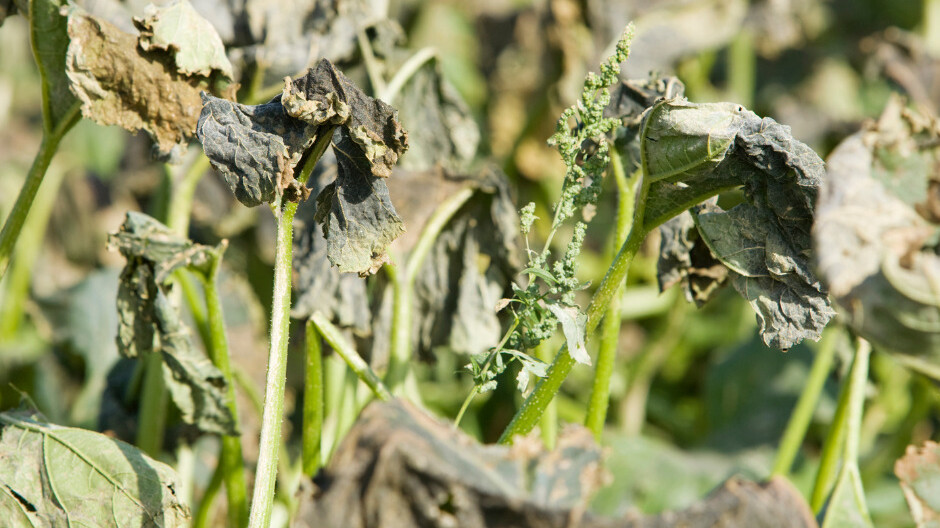Australia is the driest inhabited continent in the world, yet we use more water per capita than any other country. By reducing the amount of water we use in the garden, we can significantly save water and prevent the need to build more dams’. There are many ways gardeners can use water wisely to maintain a healthy garden.
On average we use just over one third of our household water on our gardens. By saving water in the garden, significantly more is available to allow healthy flow rates in our rivers and wetlands. This is essential for the wellbeing of the plants and animals that rely on our shared water resources for moisture and habitat.
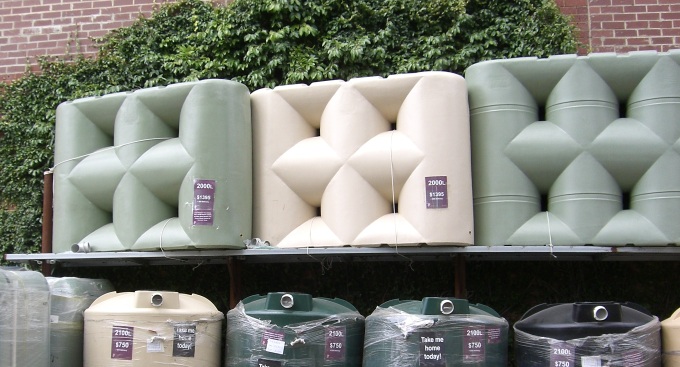
Plan your garden
Think about the different regions you have in your garden. Some places may receive more sun or shade than others, some are wetter or drier and some are more exposed to wind. Choose plants that are suited to these areas.
Group Plants
Group plants together that have similar water requirements. For example, locate fruit trees and the vegetable garden close to each other. And don’t plant drought tolerant plants next to high water users.
Choose plant species carefully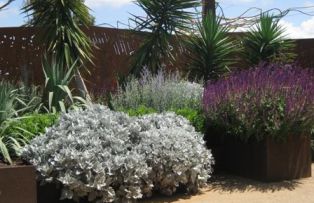
Local indigenous plants are suited to the climate and soil of your area. Think about selecting some indigenous plants that will grow well in your area. Or grow plants that have low water requirements. Keep lawn area to a minimum, as it’s the biggest water guzzler in the garden! Plant trees to create shade and reduce evaporation. Wise plant choice can dramatically reduce the need for lots of watering.
Use the soil to store water
Good soil structure will hold water better than soil that has a low organic content. Soil structure can easily be improved through the addition of organic materials such as compost and manures – plus they provide food for your plants!
Use mulches to retain water within the root zone
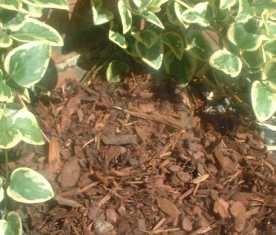
Mulch is a fantastic water saver! It prevents evaporation by shielding the soil from the sun and reduces water runoff during rain and watering. Mulch also helps keep weeds down, protects plants from frost and heat, and improves soil quality.
Watering – not Wasting
It’s best to water in the cooler morning or evening and preferably when it’s not windy. Using a hose or irrigating without timers can waste huge amounts of water. Watering longer, but less often, will encourage deeper roots and increase drought tolerance of your plants. Think about installing an irrigation system that applies water at a known and appropriate rate. A rain sensor can be included to prevent the system watering the garden when it is raining! Fittings such as drippers and micro-sprays and perforated and porous soaker hoses are more water efficient than pop-ups and garden sprinklers.
- Water in the cool of the morning or evening
- Water longer and less frequently
- Mulch
- Compost
- Plant some indigenous plants and or shade trees
- Put in a watering system
- Reduce the amount of lawn
- Don’t cut your lawn too short
- Park the car on the lawn to rinse it
- Use a broom to clean up instead of the hose
- Check for leaks from hose fittings and replace.
- Have a look into Melbourne Water initiatives on http://www.melbournewater.com.au
- Also make sure that you keep an eye on the forecast, there’s no point in watering in the morning if you know its going to rain and cool down in the afternoon. http://www.bom.gov.au/ If you have a good watering routine that soaks deep to the roots every couple of days, your plants may be a bit wilty, but will be fine to wait a couple of hours.
Collect your own water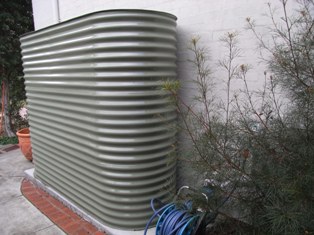
Rainwater tanks can store water to supply your garden throughout the year. Using greywater from the laundry and bathroom means a supply of recycled water is available every time you wash clothes and shower, even in the summer when rainwater is often scarce.
Water Restrictions
During periods of water restrictions some of these watering methods may not be allowed. Be sure to always check with your local water authority if you are unsure. Click here for a list of Australian Water Links.
Low Water Use Plant Information
Some general suggestions for drought-tolerant plants can be found on Tips Bulletin. For excellent, locally specific information on low water use plants see the following sites:
Related Articles:
Thriving in the Heat: Managing Plant Heat Stress
As the mercury rises, your garden confronts the challenge of heat stress. Understanding how various plants respond to heat and employing appropriate…
Water Smart Gardening 101 Video
Sustainable Gardening 101 Video Series PART 4: Water Smart Gardening As the climate changes we need to take extra care to design water smart gardens.…

